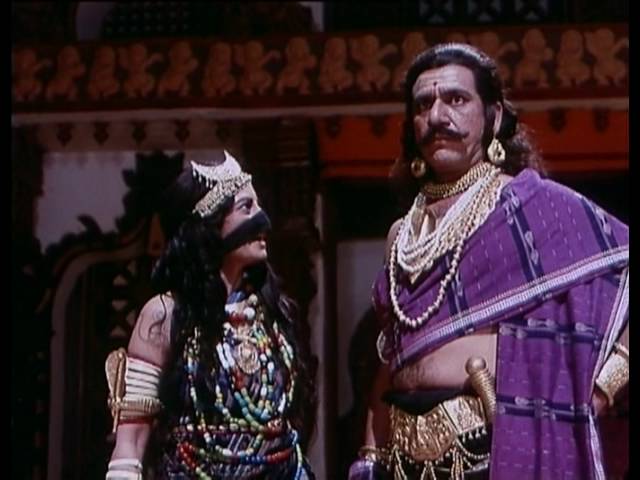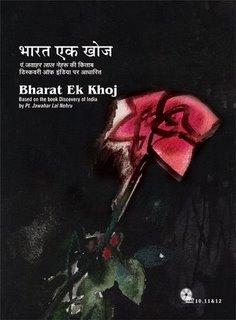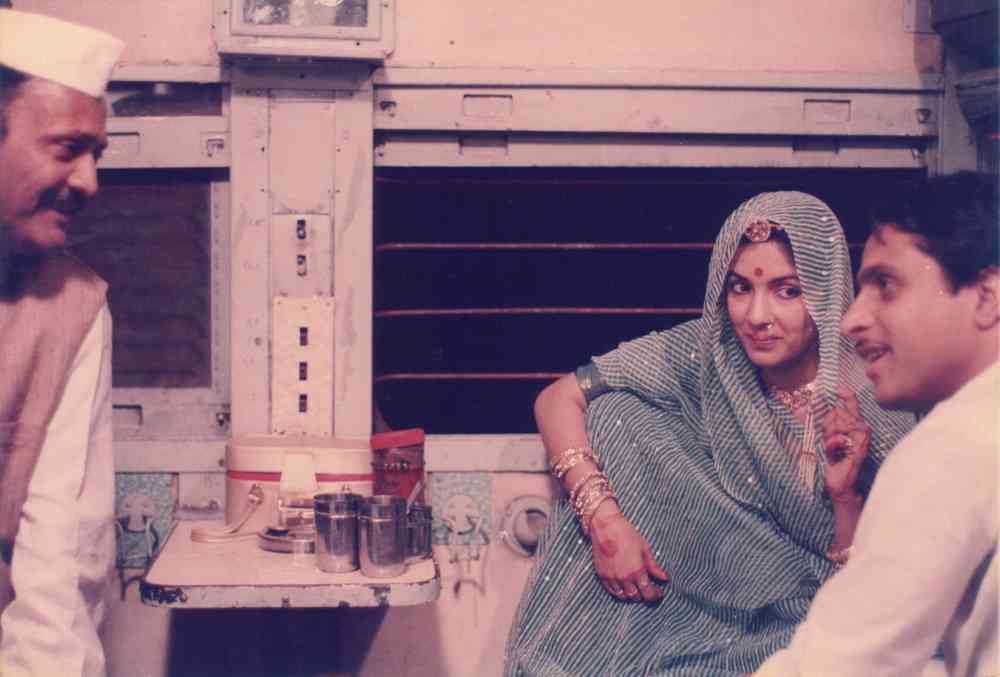My first and most profound introduction to Shyam Benegal’s work was through his magnum opus Bharat Ek Khoj, writes Rao Narender Yadav
As a child, watching Bharat Ek Khoj during the simpler times of the late 1980s and early 90s was nothing short of an epiphany. Each episode sparked a multitude of thoughts, and two names, in particular, piqued my curiosity—Vanraj Bhatia and Shyam Benegal. While Bhatia, the legendary composer and music director, remained a reclusive and lesser-known figure throughout much of my life, Shyam Benegal’s prominent work across both large and small screens made him a much more familiar and recognizable figure to me.
Benegal’s career spans over five decades – an encyclopaedic journey bringing authentic, nuanced characters to life while exploring critical social issues. His films like Ankur (1974), Nishant (1975), and Manthan (1976) broke away from the melodramatic style that dominated the industry, instead offering a more grounded and authentic portrayal of rural and urban India. Benegal’s thoughtful and stunningly natural ability to infuse his films with a unique sense of realism made them stand out. His films not only garnered critical acclaim but also paved the way for new, independent voices in Indian cinema, encouraging future generations of filmmakers to explore unconventional narratives.
While Benegal’s contribution to cinema is indelible, it was his foray into television that has always remained closer to me. His television work, particularly in the 1980s and 1990s, cemented his reputation as a versatile storyteller who could engage audiences across different mediums.


One of Benegal’s most iconic television projects was Bharat Ek Khoj (1988), a historical series based on Jawaharlal Nehru’s Discovery of India. This monumental series explored the complex and rich history of India, from ancient civilization to the Freedom Struggle. Benegal’s meticulous attention to historical detail and his ability to weave a coherent narrative made Bharat Ek Khoj a pioneering work in Indian television. The series not only educated but also inspired a sense of pride in India’s diverse cultural heritage, making it an essential part of India’s television history.
Benegal’s TV series Yatra presented a new form of storytelling weaving ordinary stories with the omnipresence of Bharatiya Rail in a large country. Shot primarily on the Himsagar Express (the longest-running train at the time, connecting Kanyakumari to Jammu Tawi) and the Tripura Express (which ran from Jaisalmer to Guwahati), the series became a vibrant collection of scenic postcards, showcasing the pristine beauty of India’s hidden corners. Here also the music was composed by Vanraj Bhatia.

Children and teens in 80s and 90s, were deeply engaged and also awe struck to see the grand scale of stories and the idea of cultural plurality and diversity of India was firmly established deep inside us.
Shyam Benegal’s legacy as a director and storyteller remains intertwined with these iconic series, which continues to evoke nostalgia for a time when learning about one’s heritage was both engaging and deeply impactful.
Benegal’s works are marked by simplicity and clarity, avoiding overly complex language, even when dealing with intricate themes. This allowed viewers, from various linguistic and cultural backgrounds, to grasp the essence of the story. It stands as a testament to the seamless blending of artistry and storytelling, marking him as a creative force who was just as brilliant on the small screen as he was on the big one.
Adieu to the master of Indian visual storytelling.
The writer is the Founder-Director of Woodpecker International Film Festival (WIFF).